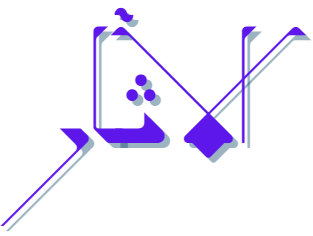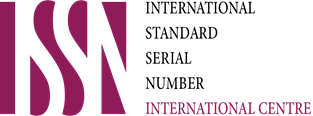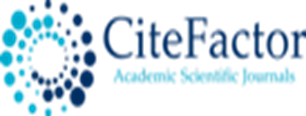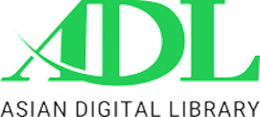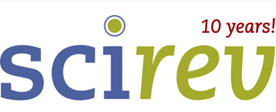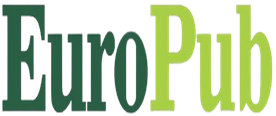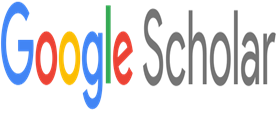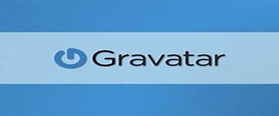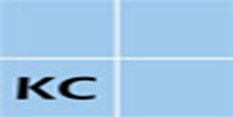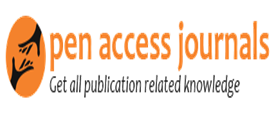APPLICATION OF AUGMENTATIVE AND ALTERNATIVE COMMUNICATION IN SPEECH THERAPY: A CASE STUDY OF DYSARTHRIA PATIENTS IN KARACHI
Abstract
The qualitative case study focuses on application of augmentative and alternative communication (AAC) systems, which are inspired by the speech-generating device utilized by Stephen Hawking, in language therapy with adult Dysarthria patients at Dow Hospital, Karachi. The researchers observed 8 therapy sessions of Dysarthria patients (8 patients) and conducted semi-structured interviewed 4 language therapists and 8 patients. The participants were choosen via purposive sampling. The study followed the five-stage critical qualitative research developed by Carspecken (1996). The findings of the study demonstrate that AAC devices made a tremendous positive change in intelligibility and communicative participation: Dysarthric messages augmented with speech-synthesized output were almost always comprehended without repetition, when unassisted speech was frequently unintelligible. Among the main advantages, there was increased clarity, confidence of the listeners, and empowerment of patients. Nonetheless, there was a steep learning curve, need of extensive training, technical and language barriers (e.g. lack of Urdu voice output) and initial resistance on belief of natural speech. This paper supports the life-changing AAC potential in terms of Dysarthria and noted the practical considerations that influence the adoption of the technology.
